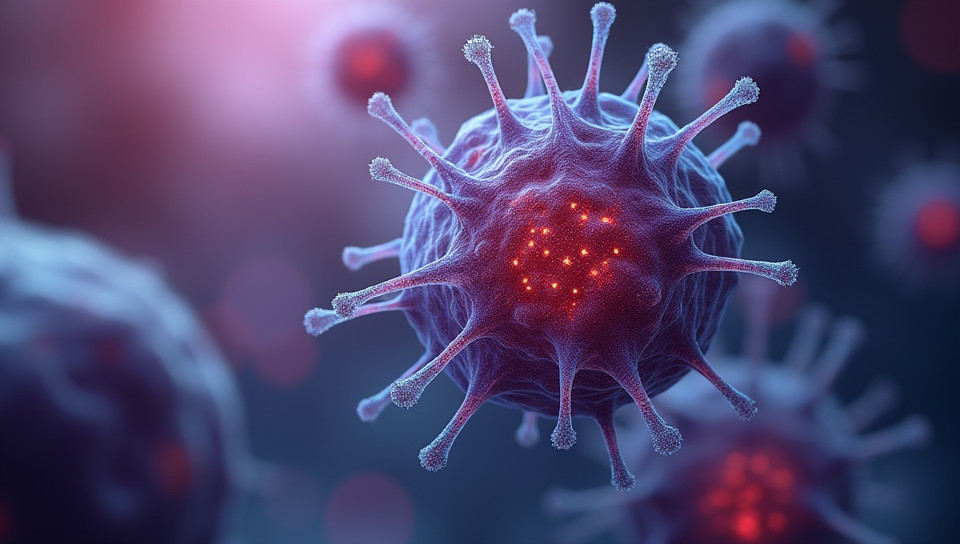Stem cells have applications in biotechnology medicine 68%

The Future of Medicine: Unlocking the Power of Stem Cells
As scientists continue to unravel the mysteries of human biology, one area has emerged as a promising frontier in medical research: stem cells. These versatile cells have the ability to differentiate into various cell types, making them a valuable tool for understanding and treating diseases. In this article, we'll explore the exciting applications of stem cells in biotechnology medicine.
The Power of Stem Cells
Stem cells are unique because they can self-renew and differentiate into specialized cells that make up tissues and organs. This ability makes them an attractive option for repairing or replacing damaged tissues, which is a major focus area in regenerative medicine. By harnessing the power of stem cells, researchers hope to develop new treatments for a range of diseases, including Parkinson's disease, diabetes, and heart failure.
Treating Diseases with Stem Cells
Stem cell therapy has already shown promise in treating certain conditions. For example: - Repairing damaged cardiac tissue after a heart attack - Replacing damaged pancreatic cells to treat type 1 diabetes - Treating Parkinson's disease by replacing dopamine-producing neurons - Repairing damaged bone and cartilage tissue in patients with osteoarthritis
Stem Cells in Biotechnology Medicine
The potential applications of stem cells go beyond treating diseases. In biotechnology medicine, stem cells can be used to develop new medical products, such as: - Tissue-engineered skin grafts for burn victims - Bioartificial organs, like livers and kidneys, for transplantation - Personalized cancer vaccines that target specific tumor types
Overcoming Challenges and Ethical Concerns
While the potential of stem cells is vast, there are still significant challenges to overcome before these therapies can be widely adopted. These include: - Ensuring the safety and efficacy of stem cell-based treatments - Addressing ethical concerns surrounding embryonic stem cells and human cloning - Developing scalable and cost-effective methods for producing stem cells
Conclusion
The discovery of stem cells has opened up new avenues in biotechnology medicine, offering hope for the treatment and prevention of a range of diseases. As research continues to advance our understanding of these remarkable cells, we can expect to see innovative applications emerge that transform the field of medicine forever. By harnessing the power of stem cells, we may one day be able to repair damaged tissues, replace diseased organs, and even reverse certain conditions – the possibilities are endless.
- Created by: Veronika Lysenko
- Created at: Dec. 21, 2024, 1:17 p.m.
- ID: 16933